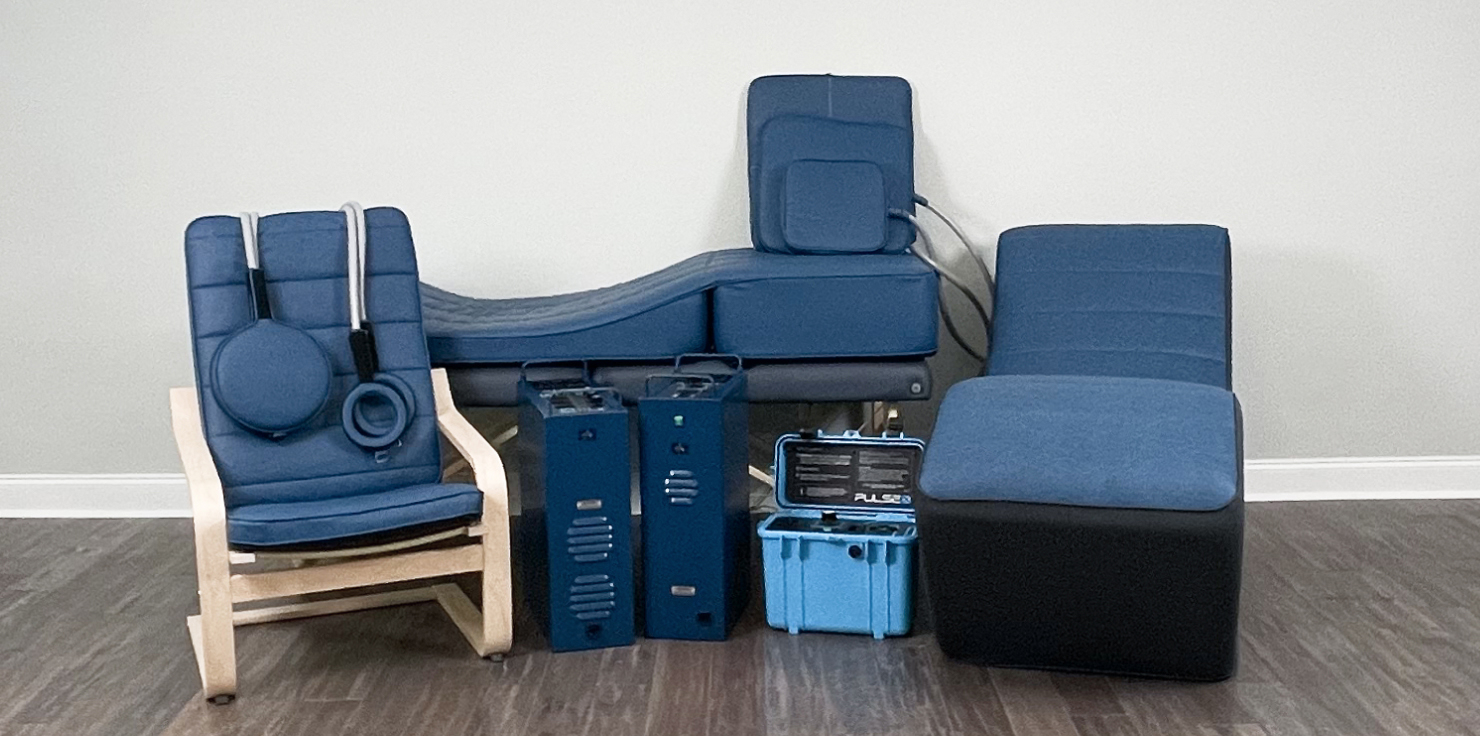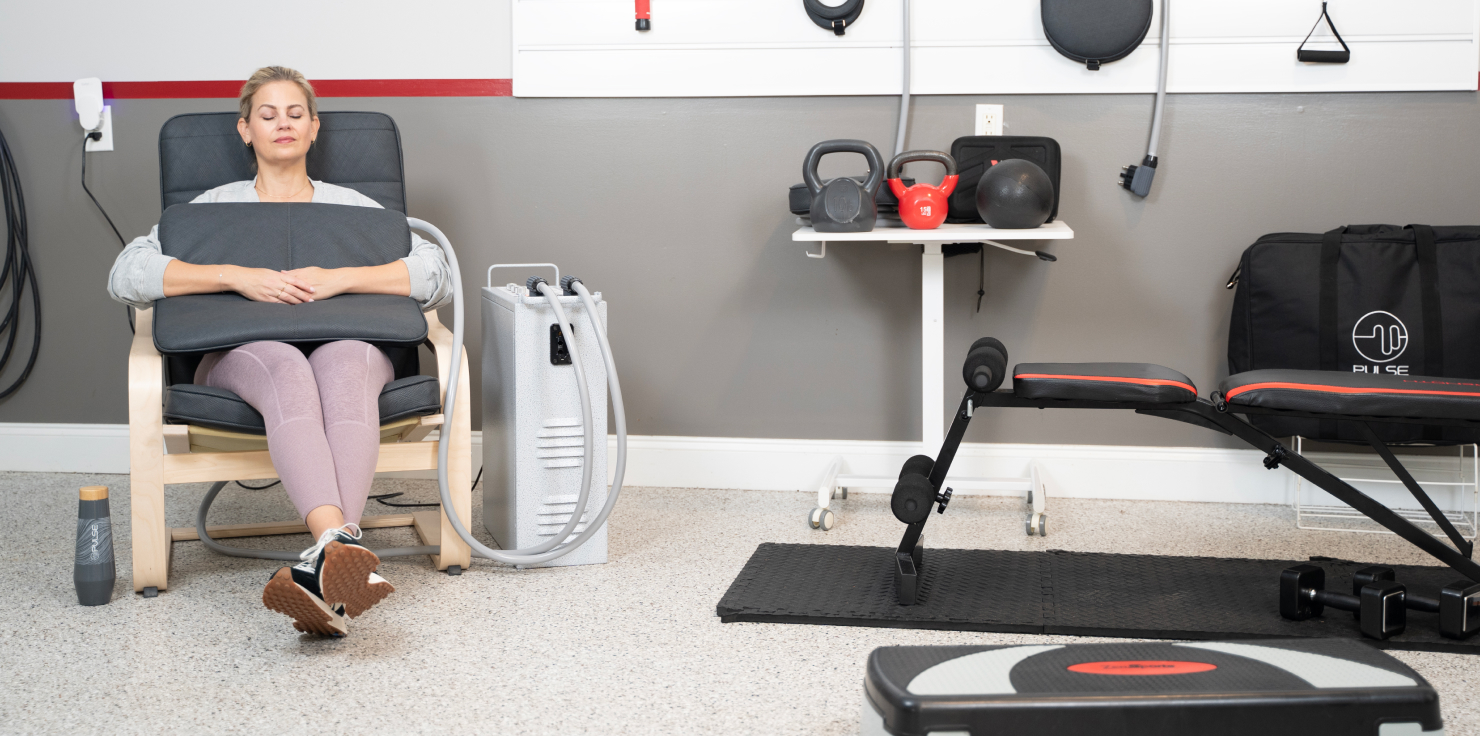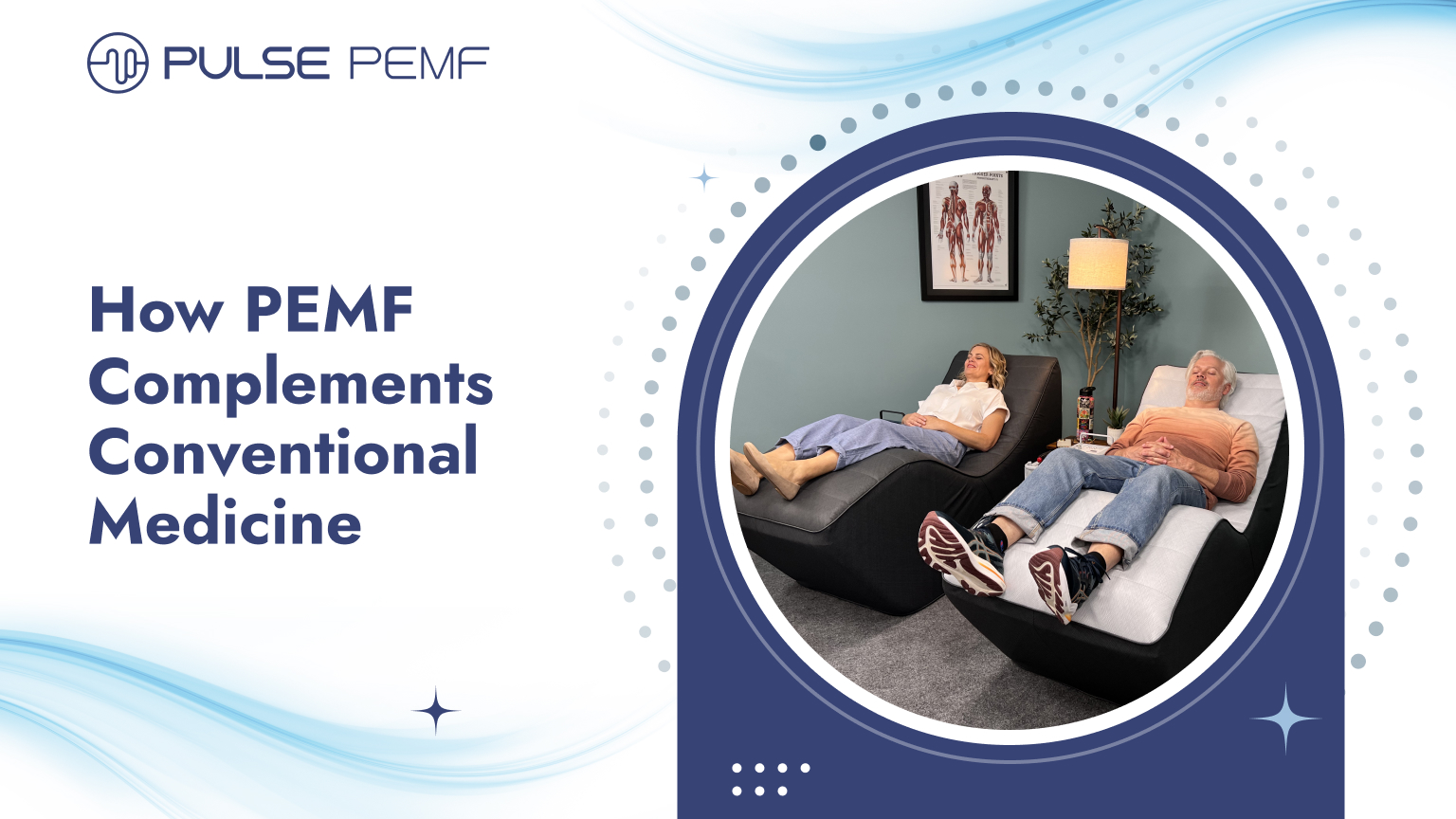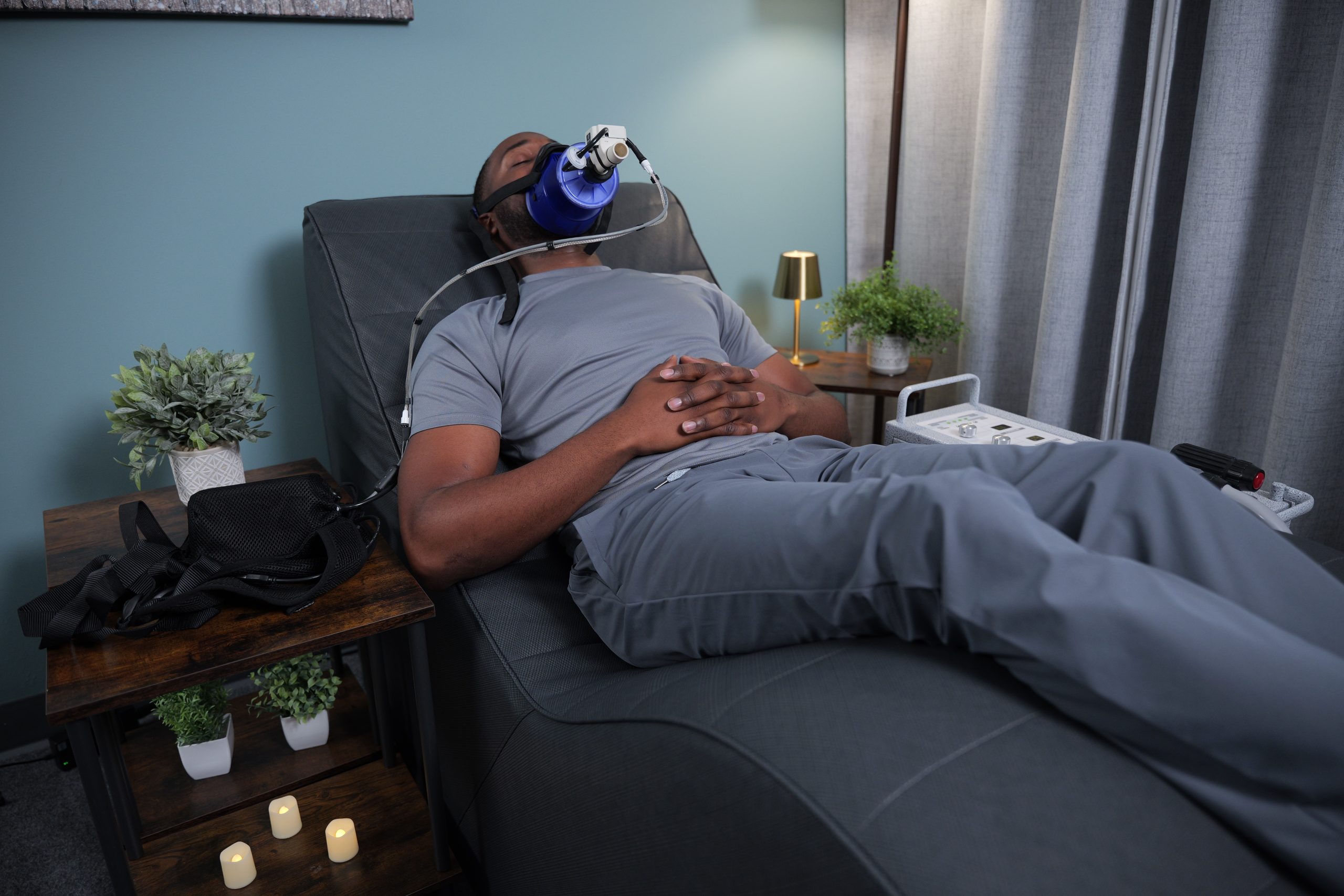We all know how important conventional medicine is – regular doctor visits and treatments are essential for good health! But, there’s a growing world of holistic wellness therapies out there too.
PEMF therapy is one of these, and it might just surprise you with how well it can work alongside your usual healthcare routine. This blog will explore how PEMF can complement conventional medicine to support your overall health naturally.
The Role of Complementary and Integrative Medicine (CIM)
What is Complementary and Integrative Medicine (CIM)?
Essentially, Complementary and Integrative Medicine (CIM) are health practices that don’t fall under the label of conventional medicine. Think acupuncture, massage, and chiropractic care. These therapies are becoming more and more common, with many doctors and hospitals recognizing their benefits. Similarly, wellness modalities like PEMF also offer a natural way to support the body’s processes.
Why More People Are Seeking Alternative Therapies
More and more people are looking for ways to support their health naturally. They might be searching for drug-free pain management solutions, exploring holistic wellness approaches, or simply wanting to improve their recovery and quality of life. CIM offers a wide range of options to complement conventional medical treatments.
How PEMF Fits In
It’s important to remember that PEMF is not meant to replace your doctor’s recommendations. Instead, it’s a tool that can support your overall wellness. In fact, many physical therapists, chiropractors, and wellness practitioners use PEMF as part of their wellness plans.
How PEMF Supports Traditional Medical Treatments

PEMF therapy can be a valuable tool when used alongside various medical treatments. Let’s explore some specific examples:
1. PEMF for Post-Surgical Recovery
Undergoing surgery can be a significant event for the body, requiring time and energy for self-healing and recovery. This is where PEMF can support!
By enhancing cellular function, PEMF may contribute to a more efficient self-healing process. Think of it as giving your body’s natural repair mechanisms a boost, allowing them to work more effectively. PEMF may also play a role in reducing discomfort and pain, which are common post-surgical experiences. This potential pain-reducing effect can lead to a smoother and more comfortable recovery journey.
PEMF is also increasingly being integrated into rehabilitation centers as a complementary therapy alongside traditional physical therapy. This approach aims to provide a more comprehensive recovery plan, leading to faster rehabilitation and a quicker return to normal activities.
2. PEMF in Physical Therapy and Pain Management
With a staggering 50 million Americans seeking physical therapy every year, the demand for effective pain management and rehabilitation strategies is higher than ever.
PEMF is gaining recognition as a supportive therapy in this field due to its potential to speed up recovery. It’s cell-energizing power can encourage the body to heal and repair itself more efficiently. This can be particularly beneficial for muscle recovery and improving mobility, two areas that are often addressed in physical therapy.
The versatility of PEMF allows it to be incorporated into physical therapy sessions in various ways. Some practitioners use PEMF before exercises to help prepare the muscles and improve flexibility. Others utilize it after sessions to promote relaxation and reduce any potential soreness.
Learn more about the powerful potential of PEMF for physical therapy practices in this article!
3. PEMF and Chronic Pain
Chronic pain is a widespread issue with serious potential consequences, including the risk of opioid dependency. The search for drug-free pain management options is a priority for many individuals and healthcare providers.
PEMF offers a potential solution by working with the body’s natural pain-reducing mechanisms. It encourages the body to tap into its innate ability to reduce discomfort, potentially leading to a decrease in pain levels.
Wellness professionals are increasingly incorporating PEMF into their practices as a supportive tool for minimizing pain. Learn more about PEMF’s pain-reducing power in this article!
PEMF in Hospital and Clinical Settings
While PEMF therapy is still considered a complementary approach, it’s steadily gaining traction within conventional medical settings.
How Some Medical Professionals Are Using PEMF
More and more healthcare professionals are recognizing the potential benefits of PEMF and incorporating it into their practices. Chiropractors, physiotherapists, and practitioners in wellness clinics are using PEMF as a supportive wellness tool to complement their traditional treatments. They might use PEMF to help reduce pain, improve mobility, or promote relaxation.
The Rise of Integrative Health Clinics
The increasing popularity of integrative health clinics reflects a growing trend towards holistic healthcare. These clinics combine conventional medical treatments with complementary wellness therapies like PEMF to address the whole body, not just the person’s symptoms. PEMF fits seamlessly into this approach by offering a non-invasive, drug-free way to help support the body’s natural healing processes!
Common Misconceptions About PEMF and Conventional Medicine
It’s important to clear up some common misconceptions about PEMF therapy and how it relates to conventional medicine.
Is PEMF a Medical Treatment?

While PEMF can be a powerful tool for supporting wellness, it’s important to understand that it’s not a medical treatment in itself. Classified as a wellness device or modality, PEMF is not a cure for any specific disease or condition.
Debunking Myths About PEMF Being “Alternative Medicine”
Sometimes PEMF gets lumped into the category of “alternative medicine,” which can be a bit misleading. It’s not about replacing conventional medical treatments. Instead, it’s about working alongside them to support your overall health and well-being.
Why More Healthcare Professionals Are Exploring PEMF
There’s a growing interest in holistic and non-invasive therapies in the healthcare world. More and more professionals are looking for ways to support their patients’ overall wellness, not just treat their symptoms. PEMF fits this approach perfectly, which is why it’s gaining popularity among healthcare providers.
How to Integrate PEMF into Your Existing Wellness Routine

If you’re curious about trying PEMF therapy, here are some things to keep in mind:
Consulting Your Doctor or Wellness Professional
It’s always a good idea to chat with your doctor or a wellness professional before starting any new therapy, including PEMF. They can help you understand if it’s right for you and how it might fit into your overall wellness plan.
Using PEMF Alongside Physical Therapy, Chiropractic Care, or Recovery Plans
As explored in this blog, PEMF can be a great addition to your existing wellness routine. It can work alongside physical therapy, chiropractic care, or recovery plans to support your body’s natural healing abilities.
Selecting the Right PEMF Device
If you’re considering PEMF therapy, it’s important to choose a device that aligns with your wellness goals. Pulse PEMF offers a variety of advanced, high-quality devices designed to support recovery, relaxation, and overall well-being.
Explore our different options here!
Final Thoughts
PEMF therapy is a promising complementary wellness tool that can work hand-in-hand with conventional medicine.
It’s not about replacing medical treatments – it’s about supporting your body’s natural ability to self-heal and thrive.
If you’re curious about exploring PEMF, don’t hesitate to reach out to us with any questions! We’re here to help you discover how PEMF can play a crucial role in your holistic approach to wellness.












